Shure SM86 Manual
| Mærke: | Shure |
| Kategori: | Mikrofon |
| Model: | SM86 |
Har du brug for hjælp?
Hvis du har brug for hjælp til Shure SM86 stil et spørgsmål nedenfor, og andre brugere vil svare dig
Mikrofon Shure Manualer
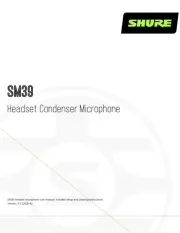
28 September 2025
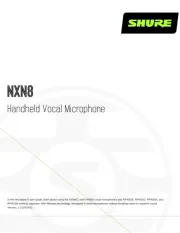
1 September 2025
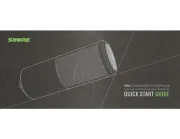
22 August 2025
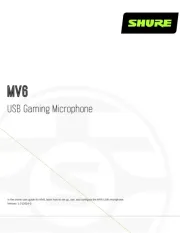
18 August 2025
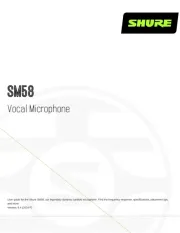
22 Juli 2025
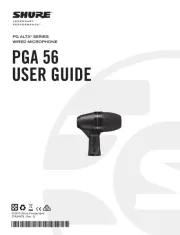
15 Juli 2025

23 Juni 2025

21 Februar 2025

21 Februar 2025

29 December 2024
Mikrofon Manualer
- Livoo
- Pioneer
- Crestron
- ANT
- AFEISY
- EVO
- Cherry
- Sytech
- MKC
- Daffodil
- Kalley
- APart
- Audient
- Mojave
- Relacart
Nyeste Mikrofon Manualer

3 November 2025

3 November 2025

3 November 2025

3 November 2025
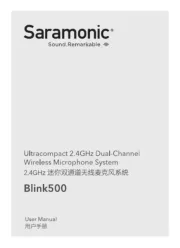
3 November 2025
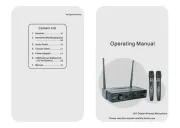
2 November 2025

2 November 2025

2 November 2025

2 November 2025

2 November 2025
